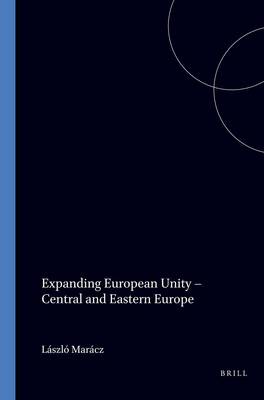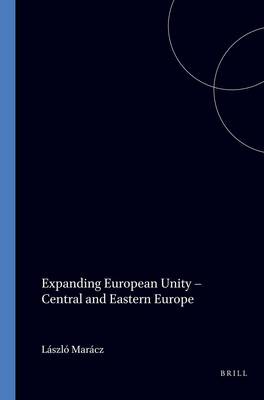
- Afhalen na 1 uur in een winkel met voorraad
- Gratis thuislevering in België vanaf € 30
- Ruim aanbod met 7 miljoen producten
- Afhalen na 1 uur in een winkel met voorraad
- Gratis thuislevering in België vanaf € 30
- Ruim aanbod met 7 miljoen producten
Zoeken
Expanding European Unity - Central and Eastern Europe
€ 96,45
+ 192 punten
Omschrijving
Since the fall of the Berlin wall in 1989 the former Communist countries of Central and Eastern Europe have been pushing for a quick 'return to Europe'. The project of 'expanding European unity' is in full progress, however, so far none of the former Soviet bloc countries have been able to join the European Union. Technical problems, related to financial management and administrative matters, still have to be overcome, but more fundamental issues are also at stake: what are the borders of Central and Eastern Europe? And will the eastward expansion of the European Union be conducted on the basis of western images and stereotypes of `the East'? This volume examines the state of affairs after ten years of attempts to further enlarge the Union. Written by authors from 'the East' as well as 'the West' some of the articles focus on the general issue of how to distinguish between Western, Central and Eastern Europe, while others discuss the specific situation of the countries that are closest to joining the European Union: Poland, the Czech Republic and Hungary.
Specificaties
Betrokkenen
- Uitgeverij:
Inhoud
- Aantal bladzijden:
- 188
- Taal:
- Engels
- Reeks:
- Reeksnummer:
- nr. 11
Eigenschappen
- Productcode (EAN):
- 9789042004559
- Verschijningsdatum:
- 1/01/1999
- Uitvoering:
- Paperback
- Formaat:
- Trade paperback (VS)
- Afmetingen:
- 150 mm x 220 mm
- Gewicht:
- 335 g

Alleen bij Standaard Boekhandel
+ 192 punten op je klantenkaart van Standaard Boekhandel
Beoordelingen
We publiceren alleen reviews die voldoen aan de voorwaarden voor reviews. Bekijk onze voorwaarden voor reviews.







